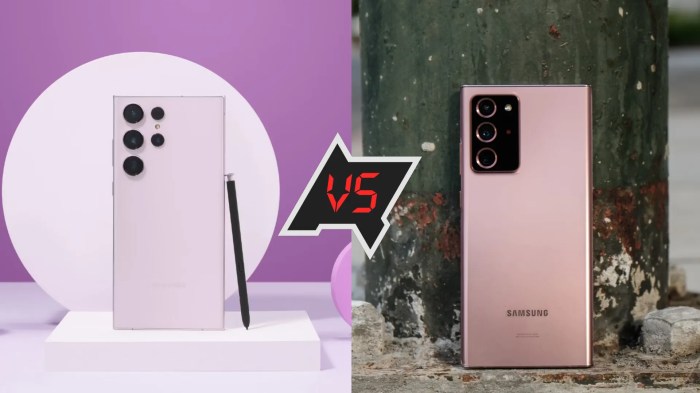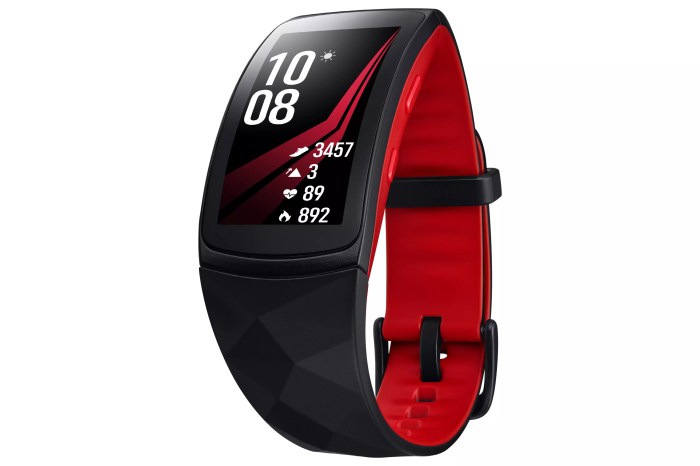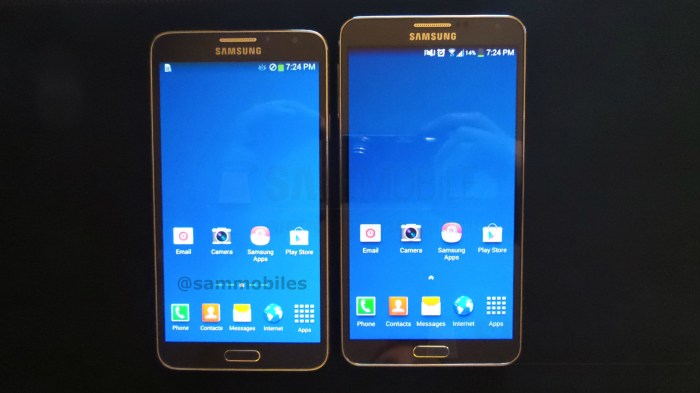Samsung Galaxy Phone Models: A Comprehensive Overview
Samsung galaxy phone specification – Samsung’s Galaxy series offers a wide range of smartphones catering to diverse needs and budgets. From flagship models boasting cutting-edge technology to more affordable options with impressive features, there’s a Galaxy phone for everyone. This section provides an overview of various models, highlighting key differences in design, build quality, and specifications across different price points.
Samsung Galaxy phone specifications vary widely across models, offering a range of features and capabilities to suit diverse needs. For a deeper dive into a specific model’s details, you might find the information on the samsung galaxy s8 plus specification page helpful. This will give you a good understanding of what to expect from Samsung’s high-end offerings, and help you compare it to other Samsung Galaxy phones.
Samsung Galaxy Phone Model Comparison
The table below compares five popular Samsung Galaxy phone models, showcasing variations in release date, display size, and processor.
| Model Name | Release Date | Display Size | Processor |
|---|---|---|---|
| Galaxy S23 Ultra | Early 2023 | 6.8 inches | Qualcomm Snapdragon 8 Gen 2 |
| Galaxy S23+ | Early 2023 | 6.6 inches | Qualcomm Snapdragon 8 Gen 2 |
| Galaxy S22 | Early 2022 | 6.1 inches | Qualcomm Snapdragon 8 Gen 1 (US/China) or Exynos 2200 (other regions) |
| Galaxy A54 | Early 2023 | 6.4 inches | Exynos 1380 |
| Galaxy A73 | Early 2022 | 6.7 inches | Qualcomm Snapdragon 778G |
Design and Build Quality Across Price Ranges
Samsung’s design philosophy varies across its Galaxy phone lineup. Flagship models like the S series typically feature premium materials such as glass and metal, resulting in a sleek and durable build. Mid-range models in the A series often incorporate a mix of glass and plastic, maintaining a stylish design while offering a more budget-friendly construction. The build quality generally reflects the price point, with higher-priced phones offering more refined materials and construction.
Samsung Galaxy Phone Models Released in the Last Two Years
The following list details Samsung Galaxy phone models released chronologically over the past two years. This list is not exhaustive but includes some of the major releases.
- Galaxy S22 Ultra (February 2022)
- Galaxy S22+ (February 2022)
- Galaxy S22 (February 2022)
- Galaxy A73 5G (March 2022)
- Galaxy A53 5G (March 2022)
- Galaxy S23 Ultra (February 2023)
- Galaxy S23+ (February 2023)
- Galaxy S23 (February 2023)
- Galaxy A54 5G (March 2023)
Display Specifications
Samsung is renowned for its vibrant and high-resolution displays. The company utilizes various display technologies across its Galaxy phone range, each offering unique advantages in terms of color accuracy, brightness, and responsiveness.
Display Technologies in Samsung Galaxy Phones
Samsung Galaxy phones predominantly feature AMOLED (Active-Matrix Organic Light-Emitting Diode) displays, known for their deep blacks, excellent contrast ratios, and vibrant colors. Higher-end models often incorporate Dynamic AMOLED 2X technology, which enhances brightness, color accuracy, and overall visual fidelity.
Screen Resolutions and Refresh Rates
The following bullet points detail the screen resolutions and refresh rates of select Samsung Galaxy phone models. Higher refresh rates lead to smoother scrolling and animations.
- Galaxy S23 Ultra: 3088 x 1440 pixels, 120Hz adaptive refresh rate
- Galaxy S23+: 2340 x 1080 pixels, 120Hz adaptive refresh rate
- Galaxy S22: 2340 x 1080 pixels, 120Hz adaptive refresh rate
- Galaxy A54: 2340 x 1080 pixels, 120Hz refresh rate
- Galaxy A73: 2400 x 1080 pixels, 120Hz refresh rate
Peak Brightness and Contrast Ratios
This table shows peak brightness and contrast ratios for selected models. Higher brightness levels improve visibility in sunlight, while higher contrast ratios enhance image depth and detail.
| Model Name | Peak Brightness (nits) | Contrast Ratio |
|---|---|---|
| Galaxy S23 Ultra | 1750 | ∞ (typical AMOLED) |
| Galaxy S23+ | 1200 | ∞ (typical AMOLED) |
| Galaxy S22 | 1300 | ∞ (typical AMOLED) |
| Galaxy A54 | 800 | ∞ (typical AMOLED) |
| Galaxy A73 | 800 | ∞ (typical AMOLED) |
Camera Features: Samsung Galaxy Phone Specification
Samsung Galaxy phones are known for their advanced camera systems, offering a range of features and capabilities across different price points. This section compares the camera systems of three key Galaxy series: S, A, and Z.
Camera System Comparison Across Galaxy Series
The camera specifications vary significantly across the S, A, and Z series. The S series typically features the most advanced camera systems, while the A series offers a good balance of features and affordability. The Z series often incorporates unique foldable design elements that influence its camera placement and capabilities.
| Series | Main Camera (Example) | Features (Examples) |
|---|---|---|
| S Series (e.g., S23 Ultra) | 200MP, f/1.7 | 10x Optical Zoom, Space Zoom, Super Steady video |
| A Series (e.g., A54) | 50MP, f/1.8 | Optical Image Stabilization (OIS), Night Mode |
| Z Series (e.g., Z Fold4) | 50MP, f/1.8 (Main) | Dual Preview, Flex Mode |
Image Processing and Software Features
Samsung incorporates advanced image processing algorithms and software features to enhance photo and video quality. Features like AI Scene Optimizer automatically adjust camera settings based on the scene, while Super Steady video provides smoother footage, even when recording on the move. Other features include Night Mode for improved low-light photography and various filters and editing tools.
Unique Camera Features in High-End Galaxy Phones
High-end Samsung Galaxy phones often include unique camera features that provide enhanced functionality. For example, Space Zoom allows for significant digital zoom capabilities, while features like Director’s View offer more control over video recording.
- Space Zoom: Enables extreme digital zoom, allowing users to capture distant subjects with remarkable detail. This feature relies on a combination of optical and digital zoom, utilizing AI-powered image enhancement to reduce image degradation at higher zoom levels.
- Super Steady Video: Employs advanced stabilization technology to minimize camera shake and produce smooth, professional-looking videos, even when recording while moving or in challenging conditions.
- Director’s View: Provides a multi-camera viewfinder, allowing users to simultaneously preview footage from multiple cameras and switch between them seamlessly during video recording.
Processor and Performance
The processing power of a Samsung Galaxy phone significantly impacts its overall performance and user experience. This section compares the processors across various models and discusses their effects on daily tasks and demanding applications.
Processor Performance Comparison
The table below compares the processing power of selected Samsung Galaxy phones using benchmark scores (these are illustrative and can vary based on testing conditions). Higher scores generally indicate better performance.
| Model Name | Processor | Illustrative Benchmark Score (Example) |
|---|---|---|
| Galaxy S23 Ultra | Qualcomm Snapdragon 8 Gen 2 | 13000+ |
| Galaxy S23+ | Qualcomm Snapdragon 8 Gen 2 | 12500+ |
| Galaxy S22 | Qualcomm Snapdragon 8 Gen 1 (US/China) or Exynos 2200 (other regions) | 11000+ (Snapdragon), 10000+ (Exynos) |
| Galaxy A54 | Exynos 1380 | 5000+ |
| Galaxy A73 | Qualcomm Snapdragon 778G | 6000+ |
Impact of Processors on User Experience

Source: notebookcheck.net
The processor significantly impacts various aspects of the user experience. A powerful processor enables smoother multitasking, faster app loading times, and improved gaming performance. Higher-end processors also support more demanding tasks such as augmented reality applications and high-resolution video editing.
Memory and Storage Options
Samsung Galaxy phones offer various RAM and storage options to cater to different user needs. More RAM allows for smoother multitasking, while higher storage capacities provide ample space for apps, photos, and videos. Many models also offer expandable storage via microSD cards.
Battery Life and Charging
Battery life and charging capabilities are crucial factors to consider when choosing a smartphone. This section compares the battery capacities and charging speeds of various Samsung Galaxy phones, explaining the different charging technologies employed.
Battery Capacities and Charging Speeds
The following list details the battery capacities and charging speeds of selected Samsung Galaxy phones. Note that actual battery life can vary depending on usage patterns and settings.
- Galaxy S23 Ultra: 5000mAh, 45W wired fast charging
- Galaxy S23+: 4700mAh, 45W wired fast charging
- Galaxy S22: 3700mAh, 25W wired fast charging
- Galaxy A54: 5000mAh, 25W wired fast charging
- Galaxy A73: 5000mAh, 25W wired fast charging
Charging Technologies
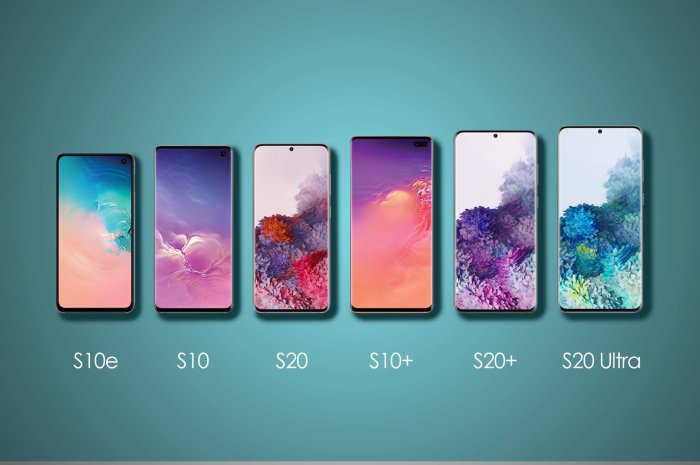
Source: androidcentral.com
Samsung utilizes various charging technologies to provide fast and convenient charging. Wired fast charging allows for rapid battery replenishment, while wireless charging offers a convenient cable-free charging solution. Some high-end models also support reverse wireless charging, allowing users to charge other compatible devices using their phone’s battery.
Battery Performance and Usage Patterns
Battery performance is influenced by several factors, including screen brightness, usage of power-intensive apps, and network connectivity. For example, using high screen brightness and playing graphically demanding games will significantly reduce battery life. Activating power-saving modes can help extend battery life.
Software and Features
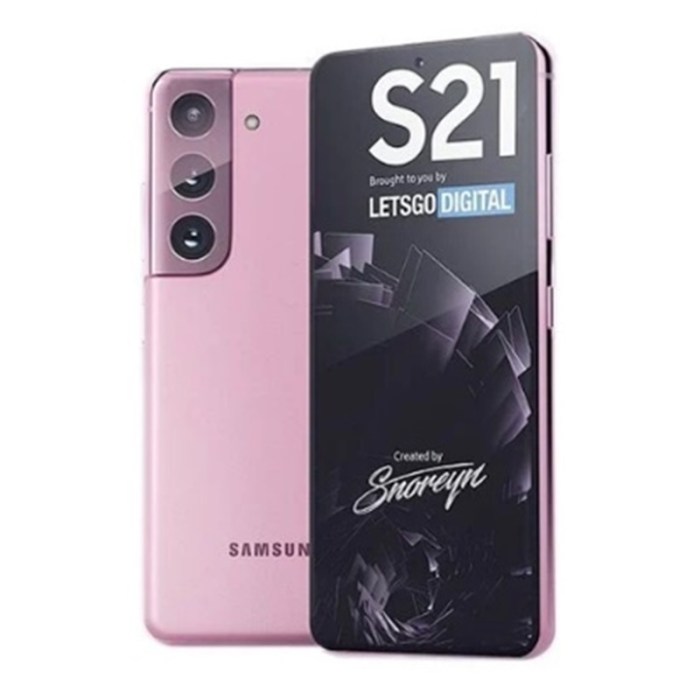
Source: philnews.ph
Samsung Galaxy phones run on One UI, a customized version of Android. One UI offers a range of features designed to enhance usability and productivity. This section explores One UI’s features, software update policies, and unique Samsung software offerings.
One UI and its Features
One UI provides a user-friendly interface with customizable features such as a dark mode, always-on display, and various gesture controls. It also integrates with other Samsung services and devices, creating a cohesive ecosystem.
Software Updates and Support
Samsung provides regular software updates for its Galaxy phones, including security patches and new features. The duration of software support varies depending on the model and price range, with flagship models generally receiving updates for a longer period.
Unique Samsung Software Features
Samsung offers several unique software features that enhance the user experience. The table below highlights some key features and their functionalities.
| Feature | Description |
|---|---|
| DeX Mode | Transforms your phone into a desktop-like experience when connected to a monitor. |
| Samsung Pay | A mobile payment system that allows users to make contactless payments. |
| Good Lock | A suite of modules that allow extensive customization of the One UI interface. |
Connectivity and Sensors
Connectivity options and sensors play a vital role in a smartphone’s functionality and user experience. This section details the connectivity options and sensors found in Samsung Galaxy phones and their impact on performance.
Connectivity Options, Samsung galaxy phone specification
Samsung Galaxy phones offer a comprehensive range of connectivity options, including 5G, Wi-Fi 6E, Bluetooth 5.0, and NFC. 5G connectivity provides faster download and upload speeds, while Wi-Fi 6E offers improved performance in crowded Wi-Fi environments. Bluetooth enables wireless connection to other devices, and NFC supports contactless payments and data sharing.
Sensor Functionality
Samsung Galaxy phones include various sensors to enhance functionality and user experience. These sensors include:
- Fingerprint Sensor: Provides secure biometric authentication.
- Accelerometer: Detects changes in the phone’s orientation and motion.
- Gyroscope: Measures rotation and angular velocity.
- Proximity Sensor: Detects objects near the phone’s screen.
- Barometer: Measures atmospheric pressure.
Impact of Connectivity Technologies on Performance
The choice of connectivity technologies can impact performance and user experience. For example, 5G connectivity enables faster downloads and streaming, improving overall responsiveness. Similarly, Wi-Fi 6E offers improved stability and speed in Wi-Fi-heavy environments.
User Queries
What is the difference between AMOLED and Dynamic AMOLED displays?
Dynamic AMOLED is an enhanced version of AMOLED, offering improved brightness, contrast, and color accuracy.
How long do Samsung Galaxy phones typically receive software updates?
This varies by model but generally includes several years of major OS updates and security patches.
Are all Samsung Galaxy phones 5G compatible?
No, 5G compatibility depends on the specific model and region. Check the specifications for your chosen model.
What is Samsung DeX?
Samsung DeX allows you to connect your phone to a monitor or TV to use it like a desktop computer.


